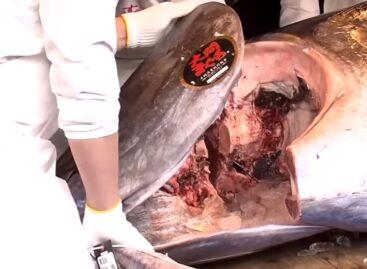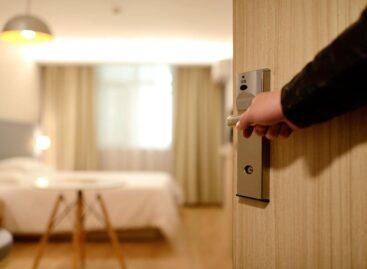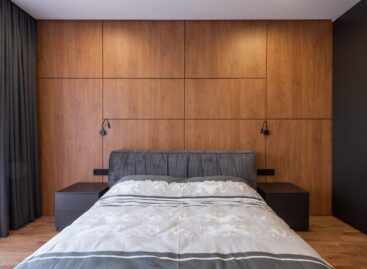New trends, old habits
According to statistics, there are five and a half thousand HoReCa units operating in Hungary at present. Out of these, five hundred are closed every year, with another five hundred opening. Theoretically, this is the size of the potential market for kitchen equipment. In practice however, demand is substantially lower. Most restaurants and catering units operate in locations which had not originally been designed for this purpose. Designing kitchens in such locations is a real nightmare. Designers in charge of creating new restaurants are usually not experts in operating a kitchen and need guidance from people familiar with the details, like chefs. However, this is not how things are done generally. Probably, the most difficult task for suppliers of kitchen equipment is getting recent innovations accepted by clients. Sometimes, clients are difficult to persuade that an investment of several millions in a new solution will be returned relatively quickly. – We have to get clients to understand that replacing manually operated machinery with digital technology is the key to improving efficiency – says Gábor Bartos, managing director a Pastaporta Kft. The other key trend in improving efficiency is the introduction of multifunctional machinery. One of the major international trends which have also appeared in Hungary is replacing gas consuming equipment with multifunctional electrical equipment. – Most innovations have been around for several years, but there has been no demand for them till now – explains Zsolt Miseta, managing director of Milu Kft. However, the size and price of combined steamers can be a problem for smaller HoReCa units. It is also a problem, that the capabilities of ACG (Advanced Cooking Generation) ovens far exceed the theoretical knowledge of the majority of their users. Induction stoves are the other current success story. These have also been around for decades, but are now becoming popular in Hungary as a result of soaring energy prices. For example, presentations held by one of the leading suppliers of kitchen equipment in Switzerland is sponsored by the local electricity company. In Austria, interest free loans are available for the modernisation of kitchens. Induction stoves will not start heating until they come into contact with a metal utensil and heat is turned off immediately when the utensil is removed. The sous-vide process is the latest trend in cooking. This slow cooking system, where a low temperature and vacuum are used has many advantages but is not expected top become very popular. In our modern world, there is simply not enough time for a slow method of cooking, except in the most elegant restaurants. As a result of a shortage of capital and cash flow, machinery intended for home use has frequently been used in restaurants. However, such units do not last very long under intensive use and when replacement costs, including revenues lost while waiting for a replacement, are summed up, the usual conclusion is that buying a unit intended for professional use would have been cheaper in the first place. Sometimes, changes in regulations like the introduction of HACCP, or those related to smoking in HoReCa units, result in expenditure which could have been spent on kitchen equipment. However, an increasing number of smaller and less expensive machines are used in preparatory processes. There are still problems with the life span of such machines, as a result of insufficient cleaning and care during operation. Sensitivity to price is another big problem in the domestic market, though leasing is now offered by most suppliers of kitchen equipment, as a means of financing.
Related news
Related news
(HU) Az a bizonyos 3,2 milliós hal – A nap videója
🎧 Hallgasd a cikket: Lejátszás Szünet Folytatás Leállítás Nyelv: Auto…
Read more >Tourism continues to expand dynamically
🎧 Hallgasd a cikket: Lejátszás Szünet Folytatás Leállítás Nyelv: Auto…
Read more >Eurostat: the number of guest nights booked on online platforms in the EU continued to increase
🎧 Hallgasd a cikket: Lejátszás Szünet Folytatás Leállítás Nyelv: Auto…
Read more >




